How to Take Care of Chicks – Keeping Chicks From Incubation to The 1st 60 Days
How to take care of chicks? This might be an important question for you if you are up to poultry farming business. The following tips might be useful for you, and these tips is from egg incubation to the first 60 days of chicken.
Incubation Guideline for Better Chick Production
Expected Hatching Rate
Many people make a huge mistake by counting their chickens before they are hatched or even after. Don’t do that if you want to run a successful business.
Your egg incubator may be one hell of a good one. But the effectiveness of your incubator can not compete with the naturally mother’s hatching of healthy babies. Making a proper management of your incubator and using only top quality fertile eggs, the best rate of hatching that you can expect is 85%.
If the eggs have been shipped to you, 5 hatching rate of 50% is a good result. In addition, for a normal shipping hatch loss of incubator-hatched chickens is 10% including other losses.
Turning
Take a pencil or a marker and put an X on a side and an O on the other side. This will help you to remind that you have turned the eggs correctly or not. Turn all the eggs at least 3 times a day. You cannot skip weekends. Properly turning can determine whether the chick will emerge successfully at hatching time.
Testing the Eggs
You can test the eggs whether they are fertile or not. At the 6-7th day of incubation, darken the room and light only a 60-watt bulb. Take the egg closer to the bulb and you can find a development. This process may damage the incubation process. Nevertheless, proper handling will overcome this problem.
How long will incubation take?
It should take around 21 days to convert all your fertile eggs into hatching chickens. This 21 day is known as the hatching period, varies from species to species.
The incubation periods and temperatures of eggs that you may wish to hatch in the poultry incubator are shown in this table below:
Attention!!! These temperature guides may fluctuate according to the incubator manufacturer’s guide. Therefore, it would be best if you check it out first!
Day Old Baby Chicks Care Strategy
- Brooder houses temperatures have to be 95 ℉ for the 1st week it could be decrease by five degrees.
- So the chicks should get out of the heat.
- After a long time, sugar water can be given them for returning there power.
- You have to supply them the neat and clean water and fresh food.
- You have to be conscious that, nay children or pets can’t harm of the chicks.
Although all these factors are important, maintaining the temperature, followed by humidity are the two most important factors to notice about. When eggs fail to hatch in the incubator, these two factors are the first that should be ruled out as the cause.
How to Care for Chicks – The First 60 Days
Brooders
The brooder heater is the first home for the chickens. It is usual that the size of the brooder will depend on the number of chickens you have. Try to take at least 2.5 sq. feet per chick, if possible, and then take more. As taking, more space is always better. Cover the bottom of the brooder with a layer of clean litter which is pine shavings or similar. It is recommended to cover wood shavings with paper towels for very small chicks. You may think of using Newspaper instead of paper towels. But Newspaper is slippery and may cause some foot or leg problems in chicks. Therefore try to avoid it to have healthy chickens. Change the litter in every 2-3 days, never allowing it to remain damp. Cleaning is VERY important at this stage. Often baby chicks are attacked by Coccidiosis, which is a disease that thrives in a damp environment. Therefore, this bad situation can be tackled easily by keeping the litter clean.
A large number of embryos die in the shell If the eggs develop for about a week or so and then.The germ in the incubator causes it. The germs take advantage of the pores in the egg to get into the developing egg and kill the embryo. Sterilize the incubator in order to fix this problem. Spray disinfectant inside of the incubator and then let it dry. Avoid using a disinfectant with bleach or chlorine in as these can also cause damage to the incubator and the next batch of eggs.
When they are one month old and the low roost is about 4”, encourage the chicks to start roosting. Do not put it directly under the heat lamp, it will be too warm there.
Before The Arrival of Chicks
Before the arrival of chicks you have to make sure that you can make a very comfortable brooder coop. You have to be very careful about buying chicks. Because, they can not have any kind of diseases due to get a healthy chicken poultry.
Before the arrival of chicks, you have to confirm that you are properly ready to keep them. Keep the brooder house disinfects, neat and cleans. Make the brooder house is rat-proofed. It have to be free from cracks and make a waterproof roof.
Keeping Chicks Warm
Use a light bulb with a reflector to heat the brooder, light bulbs are available at any hardware store. Using a 100-watt bulb should do fine, although some people use an actual heat lamp. Keep the temperature between 90-95 ℉ for the first week which the warmest part of the brooder and reduce around 5 ℉ for each week thereafter, until the chicks have their feathers being 5-8 weeks old. Keep a thermometer in the brooder, which is very helpful, but you can tell if the temperature is right by noticing how the chicks behave. If they are panting and huddling in corners far from the light, they are too hot. If they all huddle together in a ball directly under the light, they are too cold. This will help you to adjust the temperature according to their need. You can also adjust the distance of the light or change the bulb with different watt until its right. Make cooler spots in the brooder so the chicks can cool down if they feel they need to.Leave chicks in the incubator until they are completely dry. This should take four to six hours. You can also leave the chicks in the incubator an additional 1 to 2 days, but to do this, lower the temperature to 95 ℉.
Food and Water
Make sure that you always supply fresh and clean water for your chickens. You should place the waterer as far as possible away from the heat lamp. While using a bowl, fill it with clean marbles or pebbles so that the chicks do not drown or get soaked if they accidentally fall in.
Chicks naturally scratch their food, so keep the feeder in one place. The chicks will poop right into their own food, so clean and refill it often to avoid unwanted diseases. Give “crumbles” to your chicks at the start, which is specially formed for their dietary needs; it comes both in medicated or non-medicated versions. Medicated feed, usually medicated with a little quantity of Amprolium drugs, which helps to prevent Coccidiosis. Therefore, if you choose non-medicated feed for your chickens then pay more attention to cleanliness. No other food is necessary if you use crumbles.
Play Time
Chicks become curious after the first week or two. Put them outside for a short time when the temperature is warm enough. Watch over them at this age, as Chicks can move fast, so they can easily be squeezed accidentally and they are also helpless against the predators, including the family dogs or cats.
How to Keep Chicks Being Healthy
Chicks usually face a bad condition called “pasty butt” where droppings stick to their vents and clog it up, which impossible for them to relieve by themselves. If left untreated this situation can kill them. So check your chicks’ bottoms every few hours. During the first 2 weeks, take special care for this situation. If you find a pasty bottom, soak and remove the plug carefully, rub the area to make it dry and apply a tiny amount of Vaseline or vegetable oil to the area. You can also use Organic ACV (apple cider vinegar) in their drink water to help prevent this condition. It is recommended to use a ratio of 3-4 tablespoons in a gallon water.
Safe Handling
- After touching the chicks and removing soiled clothes and shoes wash your hands thoroughly with soap and water immediately. Also, avoid touching your mouth before washing hands thoroughly. You can use hand sanitizer if soap and water are not readily available. Supervise young children for hand washing.
- Do not let any children younger than 5 years to touch chicks.
- Do not eat or drink in the area near the poultry.
- Wash eggs after collecting them.
- Do not let live poultry inside your house, in bathrooms, or especially in kitchens, or outdoor patios. If you have free-roaming live poultry, assume where they live and roam is contaminated.
- Regularly clean equipment and materials associated with raising or caring for any live poultry, such as cages or feed or water containers, outside the house.
In the end, it is strongly recommended that be careful about the diet, coop and environment of the baby chicks. So that they can grow up without any diseases. Also, be conscious about the brooder environment and diet. Hopefully, there will be more blog post on the brooder type and food type.
The above is tips for how to take care of chicks, soon enough you will find your small fuzzy little babies growing rapidly. It is so much amazing that they grow so fast. Feathers will replace most of the fluff. They will grow quite tall and gawky and they are on their way to becoming lovely young hens. At around 10-12 weeks of age, they will have bright colorful feathers. Soon you will find your flappy chickens grow into beautiful hens.



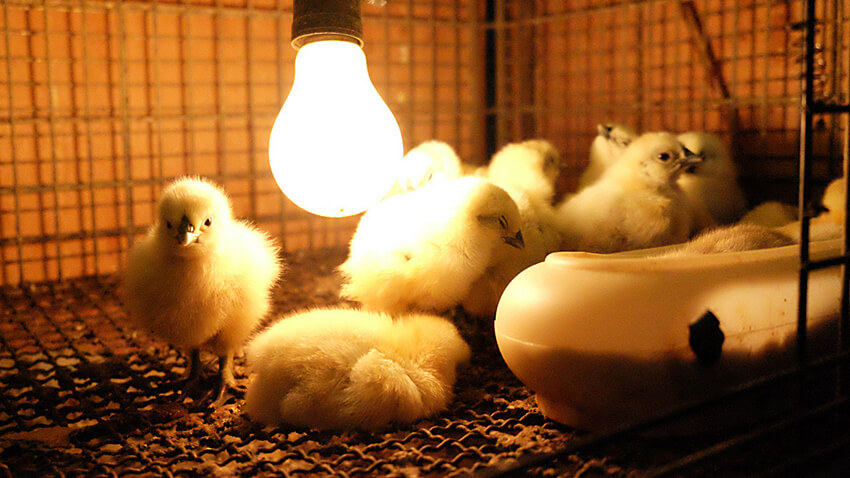
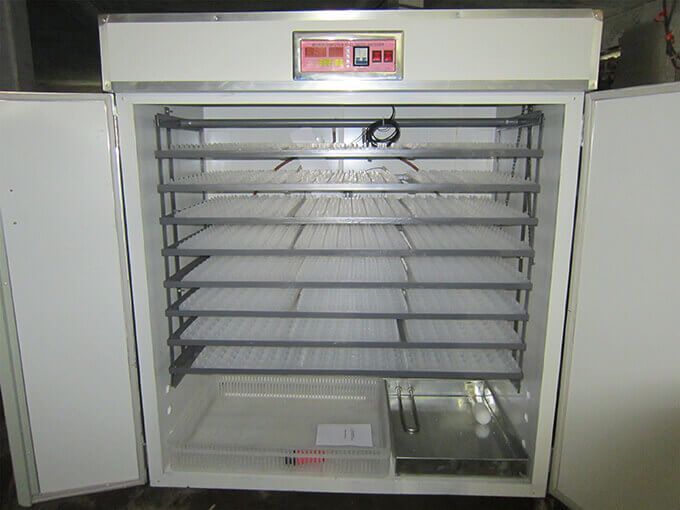

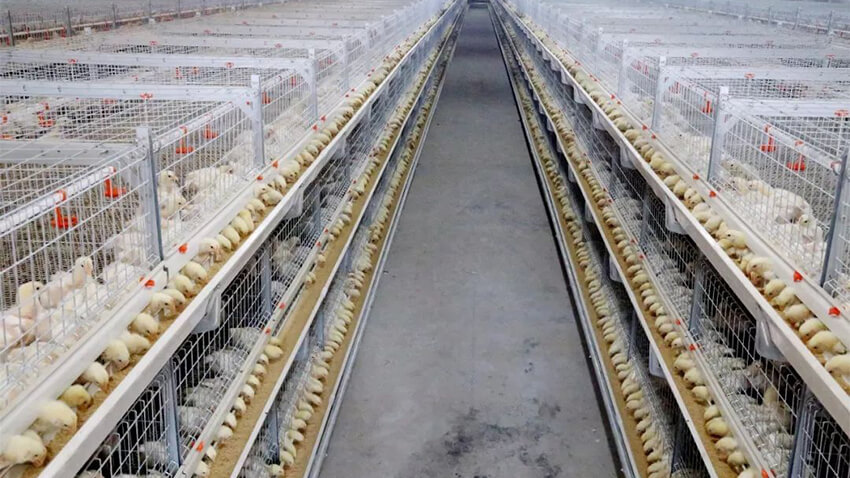
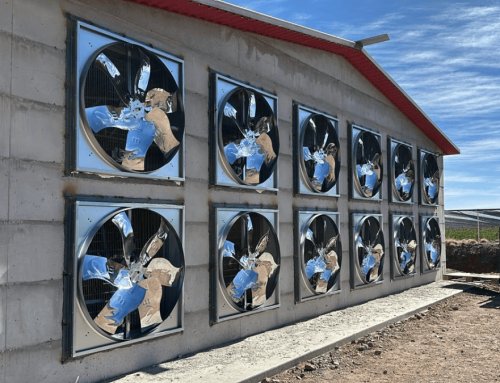
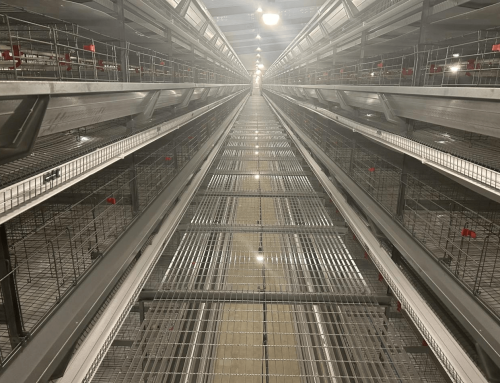
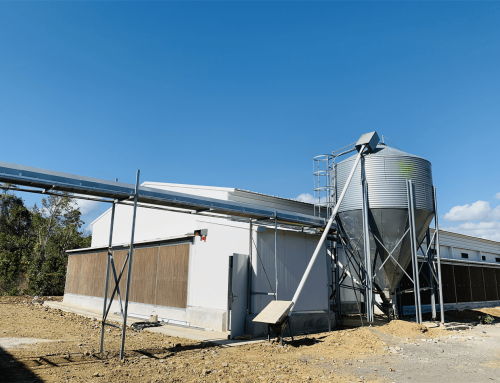
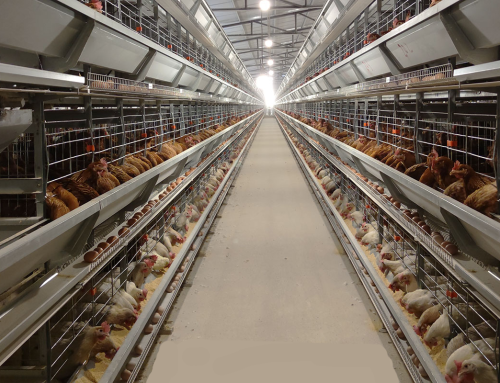
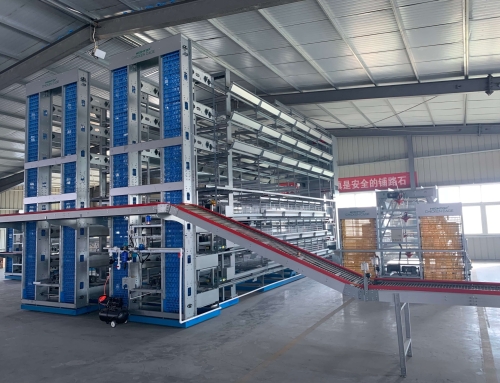
Leave A Comment